Review: Atelier Ryza 2: Lost Legends and the Secret Fairy (Nintendo Switch)
I’ve been meaning to leap into the Atelier series for a while now, I just never found my jump-off point. I’ve now done that in a somewhat illogical place with Atelier Ryza 2: Lost Legends and the Secret Fairy. It’s a sequel, after all, so why start here? Why now?
Honestly, because KOEI TECMO provided us with a review code, and I’m glad they did. This is a very enjoyable JRPG even without first playing Atelier Ryza: Ever Darkness and the Secret Hideout (or any of the 20 other games in the series).
Atelier Ryza 2 picks up a few years after the events of Atelier Ryza, with our young protagonist alchemist (protalchemist? altagonist?), Reisalin “Ryza” Stout, traveling to the capital city of Ashra-am Baird.
Her reasons for doing so are three-fold. First, she receives a letter from a friend explaining he’s found ruins that may be alchemy related. Second, she’s given a glowing stone that she’s told to investigate. And third, she’s bored.
Unlike most JRPGs, the Atelier games have been less about preventing the apocalypse and more about the characters discovering themselves and their place in the world. They don’t seek vengeance against demons or royalty to save; they just want adventure and some fun with their friends. I have no problem with that, but it does make the games less urgent than I’ve come to expect.
That lack of urgency is an issue at the onset. The game’s early hours are spent familiarizing yourself with the characters and settings, and it’s pretty overwhelming. Ashra-am Baird is a large location with plenty of NPCs with whom you can talk, most of whom have nothing to offer. A couple characters from the first game guide you around, but it’s a lot to take in with little action to move things along.
It doesn’t help that the early action we do get is hard to push through. In-game tutorials pop up to teach you the time-based combat system, but they’re low on strategic pointers. Although battles are turn-based, they flow in real-time. Meters indicate how long until you or the enemy strikes, giving you some time to plan your attack. You can also defend, and you’re rewarded with action points when your defense is perfectly timed. Instant items allow you to quickly heal, attack, etc., but you need to have equipped the proper items, and they aren’t available right away. Your attacks can cause extra damage by following the commands of your party members (launch magic or physical attacks at their prompting, for example) and chaining combos. It’s a lot to keep track of, and I never felt like I was in control of anything throughout the first dungeon I explored. By the time I reached the end of the second, however, I’d picked up on the system and handled myself well. By that point, combat becomes exhilarating.
The dungeons bear special mention as they give you much more to do than just fight your way through. You explore them by retrieving myriad items to take back to your atelier. You’ll also find a series of artifacts scattered about that reveal the dungeons’ secrets. Through light detective work, you’ll determine what these mean once you’ve discovered them all. This forces you to fully explore the dungeons, and they’re mostly pretty huge.
Thankfully, the game allows you to quickly transport to any of the city, dungeon, or overworld maps you’ve unlocked, so you can get in and out of your atelier quickly. You’ll need to do this frequently so you can heal up, clear out your basket of all the items you’ve recovered, or just take a rest and shut off the game. As I mentioned, the dungeons are huge, and it was rare that I could complete them in one sitting.
Of course, this being an Atelier game, alchemy plays a major part. I’m used to crafting and item management serving as a minor element or a mini-game in my JRPGs, but it’s very much at the forefront here. You’ll need to concoct items to complete numerous sidequests, properly equip yourself in battle, and even push the plot forward. One of the big differences between this and the original Atelier Ryza is the ability to explore underwater, but you can’t do that until you’ve concocted the Air Drop. And, of course, you can’t do that until the story lets you do that.
The alchemy system is rather convoluted and would be difficult to fully explain here. In fact, I recommend finding a YouTube video tutorial because the explanations in the game aren’t very helpful. Basically, you get recipes for various items, and you need to gather the ingredients either by exploring, fighting, or just buying them. The more advanced items you craft, the more advanced materials you can get, which then lead to more advanced items.
Atelier Ryza 2 is constantly asking you to craft, so you’ll spend a lot of time at your atelier following recipes and experimenting with them in an attempt to uncover something new. It’s time-consuming and slow. If that’s not your thing, you can automate this process by just telling the game you want a high- or low-quality item. I did this more often than I care to admit, but the AI was pretty good at upgrading my weapons when I felt I needed more power. I’m sure I missed out on some items by not deeply customizing the alchemy, but I’m more of an adventurer than a cook, I guess. Should it really take that long to make a fishing pole?
Visually, Atelier Ryza 2 is a gem even though the graphics and animations aren’t exactly top-of-the-line. The characters sometime seem to slide through the environments, not walk, and clipping is an ongoing issue. Still, the bright, colorful atmosphere is consistently implemented, even underwater and in dungeons.
The battles are the visual highlight. They feature fun attack effects and overly dramatic movements from our heroes, and they play out well in both docked and handheld modes.
The game does suffer from some user interface and functionality problems, as it doesn’t do enough to help you find the items or people you need; a little more location precision in better-organized menus would be nice. Many gaming sessions often involved wandering around aimlessly in an attempt to gather items or trigger the right conversations. And in a game that already asks you to learn unique combat and crafting systems, do we really need to be bothered with decorating the house and becoming a key component of the local economy? Maybe. Perhaps that’s what longtime fans of the series prefer.
Overall, Atelier Ryza 2: Lost Legends and the Secret Fairy is a refreshing adventure for fans of JRPGs. I certainly cannot identify with the ennui of a young woman journeying into adulthood, but it’d be dishonest to claim I ever really identify with heroes in adventure games. What ultimately matters is that although the game’s balance between combat and crafting creates a more casual experience than hardcore adventurers may want, Atelier Ryza 2 is a surprisingly deep game (especially with all of the available DLC) that deserves your attention.
Before I get to that DLC, however, I’ll have to attend Atelier Ryza: Ever Darkness and the Secret Hideout.Atelier Ryza 2: Lost Legends and the Secret Fa
The post Review: Atelier Ryza 2: Lost Legends and the Secret Fairy (Nintendo Switch) appeared first on Pure Nintendo.
* This article was originally published here
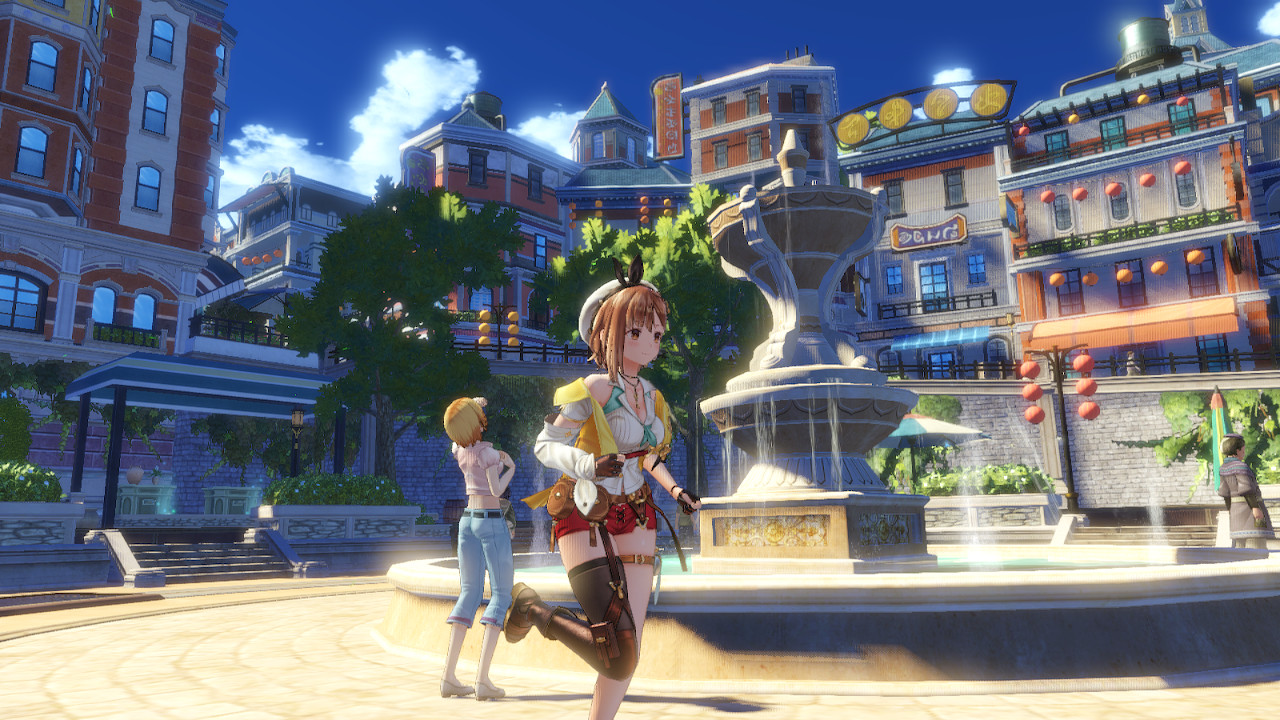
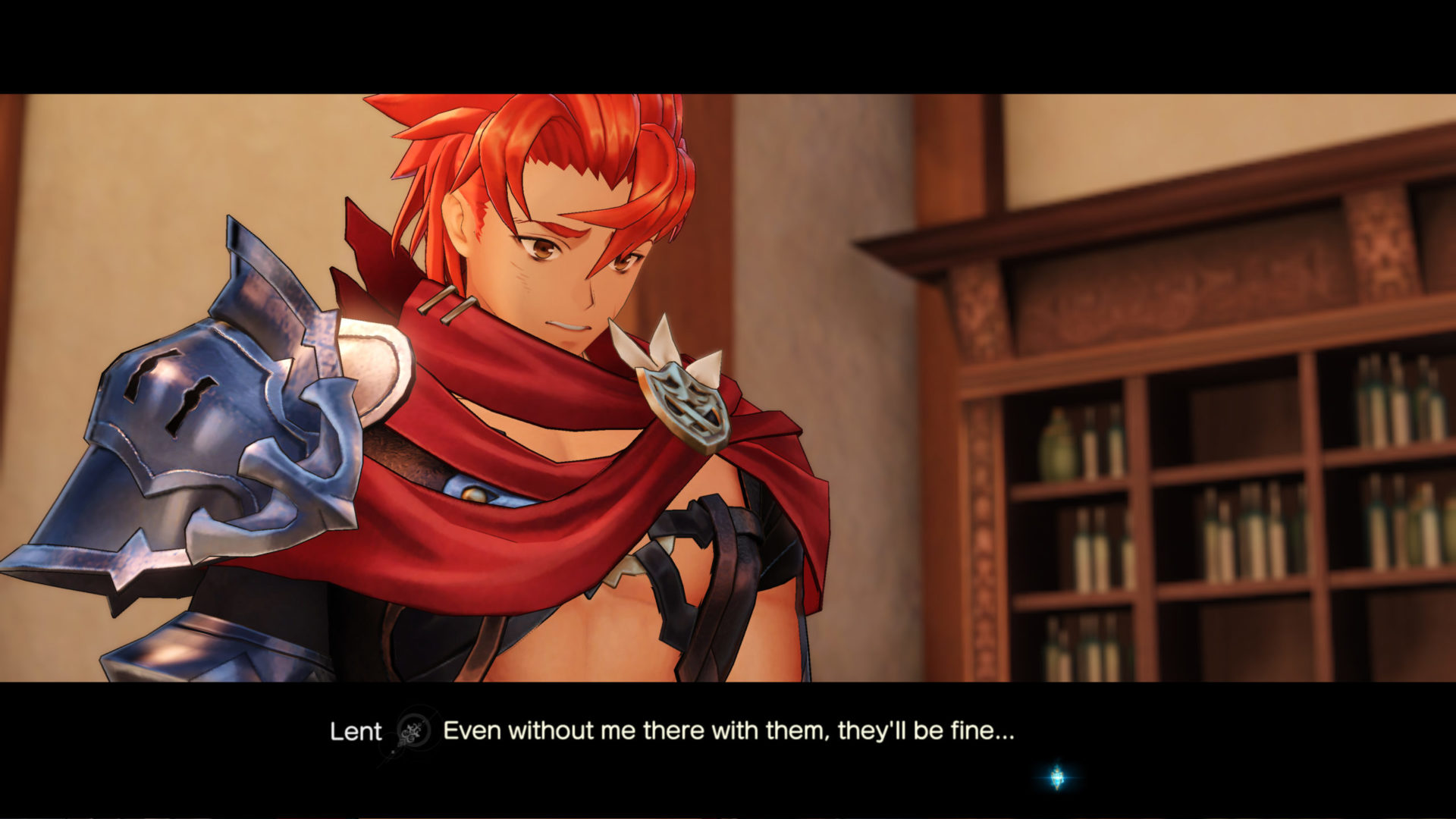
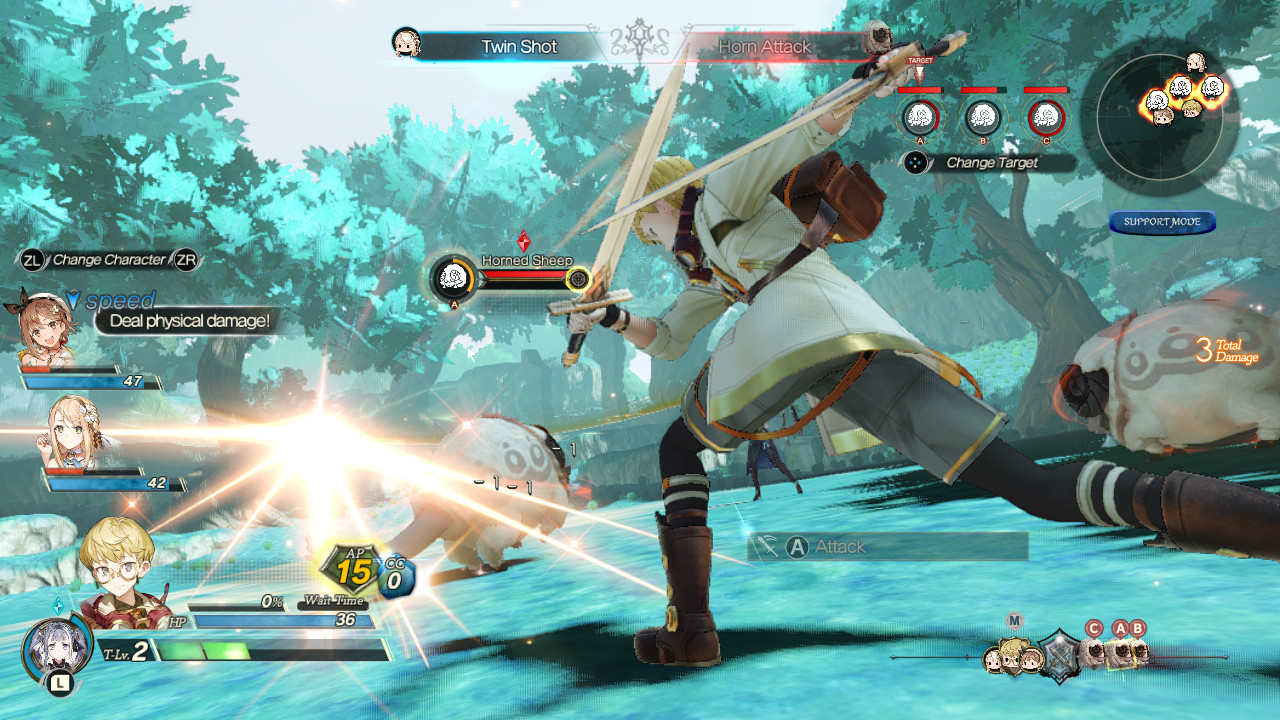
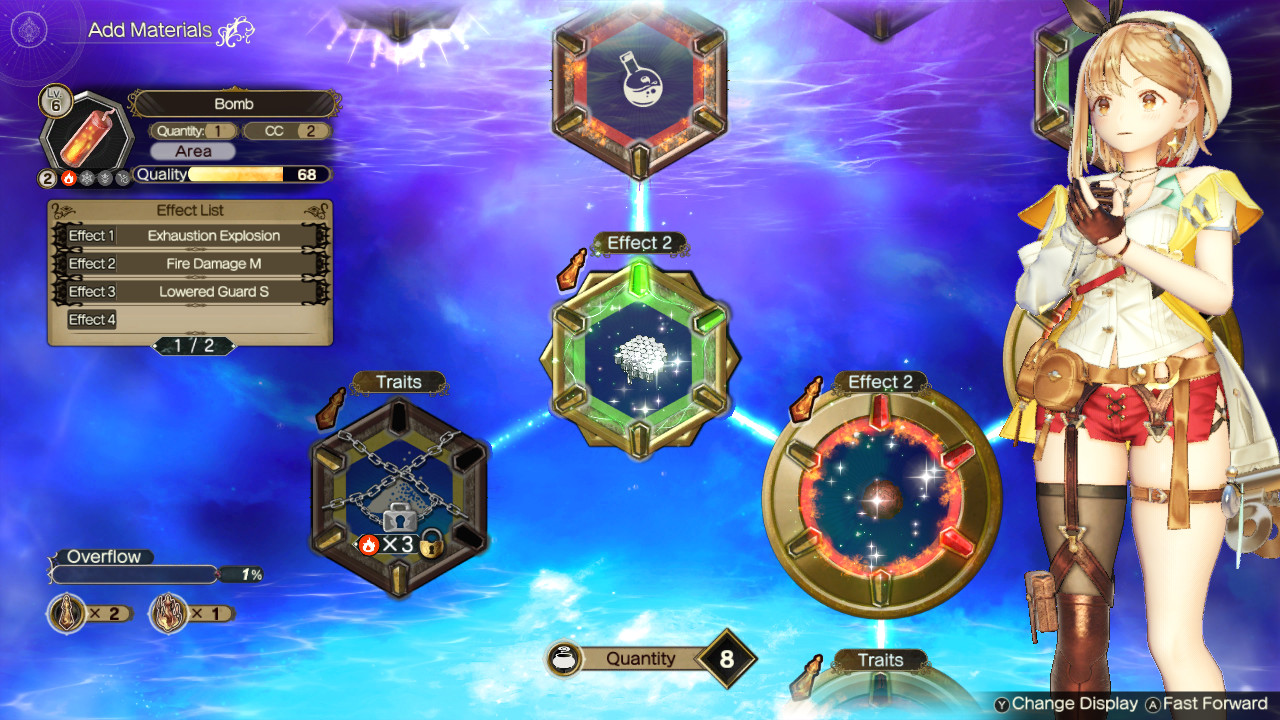
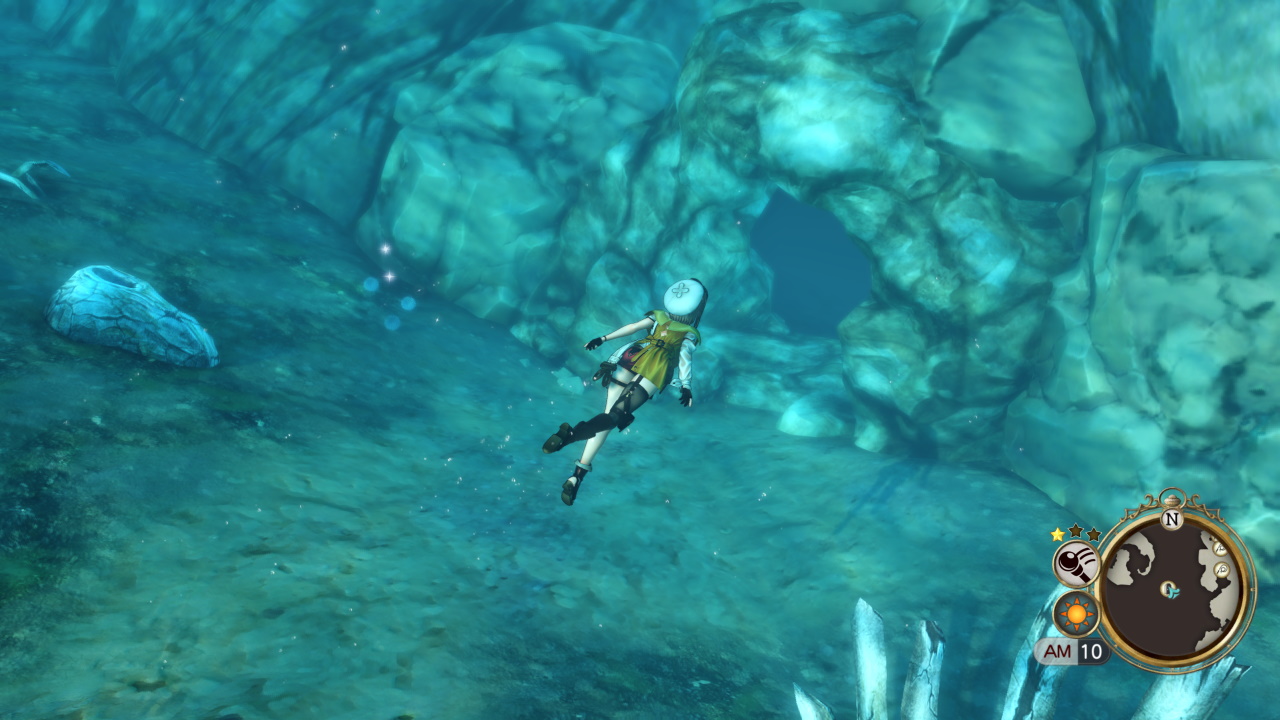
Comments